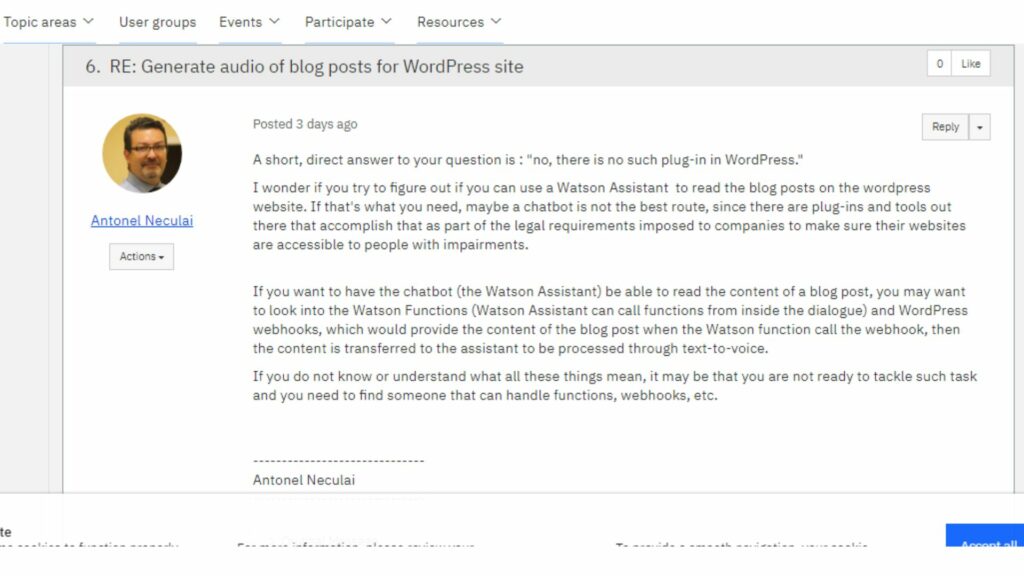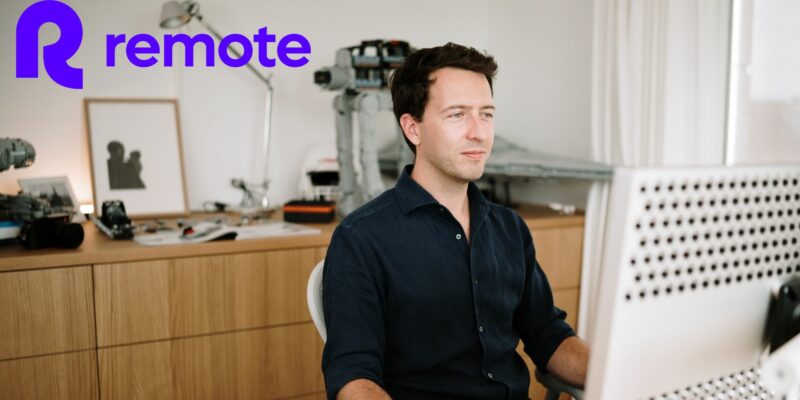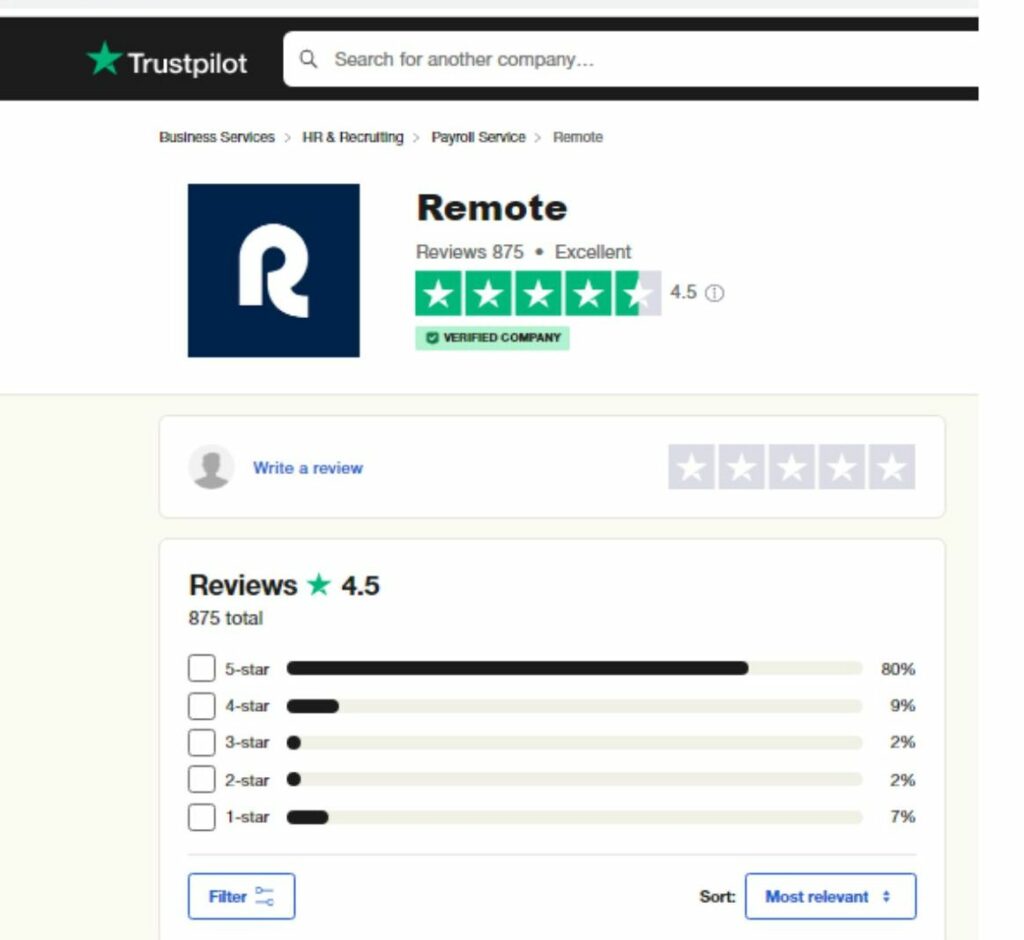There are many benefits to owning a WordPress website for job recruitment activities. Here are some of the most important:
- Branding: A WordPress website allows you to build a strong online brand for your recruitment business. You can use your website to showcase your expertise, your services, and your successes. This will help you attract new clients and build trust with existing ones.
- Cost-effectiveness: WordPress is a free and open-source platform, so you can create a website without having to spend a lot of money on development or hosting. This can save you a significant amount of money, especially if you are a small business or a freelance recruiter.
- Flexibility: WordPress is a very flexible platform, so you can easily customize your website to meet your specific needs. You can choose from a wide variety of themes and plugins to add new features and functionality to your site.
- SEO: WordPress is well-suited for search engine optimization (SEO). This means that your website will be more likely to appear high in search engine results pages (SERPs), which will help you attract more visitors.
- Monetization: There are a number of ways to monetize your WordPress website, such as selling advertising space, offering premium services, or charging for job postings. This can help you generate additional revenue for your business.
In addition to these benefits, owning a WordPress website can also help you:
- Reach a wider audience: A WordPress website can help you reach a wider audience of potential clients and candidates. You can promote your website through social media, search engine optimization, and other channels.
- Improve the candidate experience: A well-designed WordPress website can make it easy for candidates to find and apply for jobs. You can include features such as a job search tool, a candidate profile page, and an online application form.
- Streamline the hiring process: A WordPress website can help you streamline the hiring process. You can use your website to manage job postings, track applications, and communicate with candidates.
Overall, owning a WordPress website can be a great way for human resource consultants and freelance recruiters to improve their business. It can help you build a strong brand, reach a wider audience, and improve the candidate experience. If you are considering starting a recruitment business, or if you are looking to improve your current business, I highly recommend creating a WordPress website.
Here are some additional tips for creating a successful WordPress website for job recruitment:
- Use a professional theme and plugins.
- Make sure your website is mobile-friendly.
- Optimize your website for search engines.
- Promote your website through social media and other channels.
- Provide excellent customer service.
By following these tips, you can create a WordPress website that will help you achieve your recruitment goals.
An alternative to building a site from scratch is acquiring an existing website like wfhire.com for your recruitment needs. Click to read how acquiring an existing website like wfhire.com for your recruitment needs as an HR consultant or freelance recruiter can offer several compelling reasons over building a new website from scratch.
WFHire.com: AdSense approved website monetized with affiliate marketing for sale with starting price @1 USD
by u/DigitalSplendid in Domains










